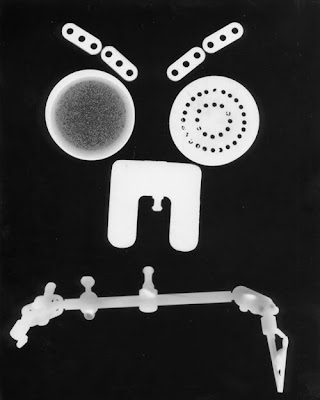Quality of Light
Equipment Needed: Camera, minimum of 1 roll of ISO 400 film
Make the quality of light the focus of your photographs. Look for patterns of light and situations where you are more conscious of the light than the actual object or scene.
Make sure you Bracket!!!
Remember that the presence of strong light often means that there will be serious or strong shadows. Experiment with at least 10 – 15 frames making images where you are not sure if the photograph will accentuate the shadows or the light casting the shadows. Bring your exposed roll of film with contact sheet to class on Wednesday the 10th of February.
Some lighting conditions to consider:
reflected/absorbed soft/harsh
bright/diffused dawn/dusk
early morning/late afternoon
high noon/overcast midday
abstractions/patterns made by light front, back, and side light
Do not use you flash for this assignment!
Use only ambient/available light (this may include sun, lamps, overhead lights, etc..)
Requirements for Assignment:
At least 1 roll of film
A contact sheet
Quality of Light
Highlights
Highlights are the lightest areas on the objects. Notice how the highlights appear on shiny
objects, on glass, on light objects and on dark objects.
brightest highlights appear and how they go from highlight to
sharply or does it gradually blend into deeper tones? How does the
light change as you move the object around, or as you move around the object?
Patterns made by light - reflection in water, trees, glass, atmosphere (haze, pollution, dust, varying degrees of precipitation)
The direction, quantity, color, and quality of the light you use determines how your subjects appear. Daylight and sunlight are not a constant source, because they change hourly and with the weather, season, location, and latitude. This unstable light can alter the apparent shapes, colors, tones, and forms of a scene. The direction of light changes as the sun moves throughout the day. The shape and direction of shadows are always changing, and the different directions of sunlight greatly influence the appearance of a scene.
The quality of sunlight depends on its power and path. Strong, direct sunlight is "hard" because it produces dark, well-defined shadows and brilliant sometimes blown-out highlights. Sunlight is brutal on clear summer days at noon. Strong sunlight makes strong colors more brilliant, but weak colors pale. Sunlight is diffused by haze, mist, overcast, and pollution in the air. This diffused or reflected light is softer; it produces weak, soft shadows and dull highlights. Directionless, diffused sunlight is often called "flat" lighting because it produces fine detail but subdues or flattens form. Fragile, directionless sunlight provides vibrant, well-saturated colors.
Exciting effects can be achieved by changing the angle your shooting which will influence the light falling on your subject. As you turn your subject, change the light falling on your subject or wait for the sun to move, the light may fall more on one side, and more shadows may be cast on the opposite side of the subject. For pictures in which texture is important, side lighting is ideal.
soft – subtle, diffused light
broad sources: diffused or reflected
flat or weak
overcast or open shade
absorbed or obstructed
dawn or dusk
farther away
harsh – hard light with distinct shadows
directional sources: side, front or behind subject
contrasty or bold direct sun light
bright or intense midday
closer to subject
more information on quality of light:
http://www.davideaves.co.uk/PhotoTips/AvailableLight.html
http://www.outdoorphotographer.com/how-to/shooting/quality-of-light.html
http://www.ted.photographer.org.uk/photoscience_lighting.htm
http://pages.cthome.net/rwinkler/light.htm


































